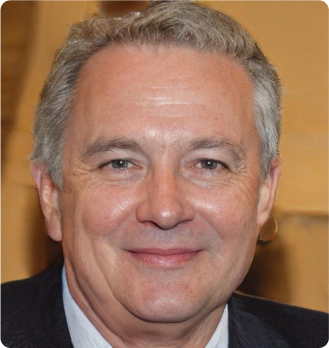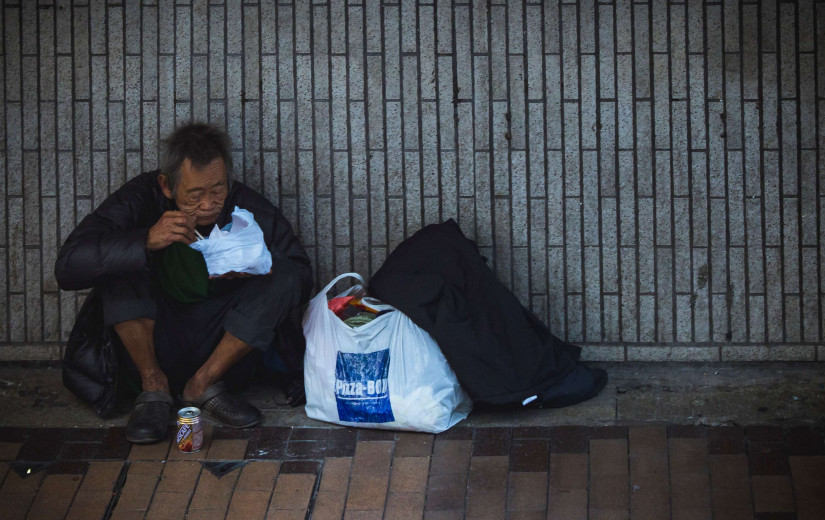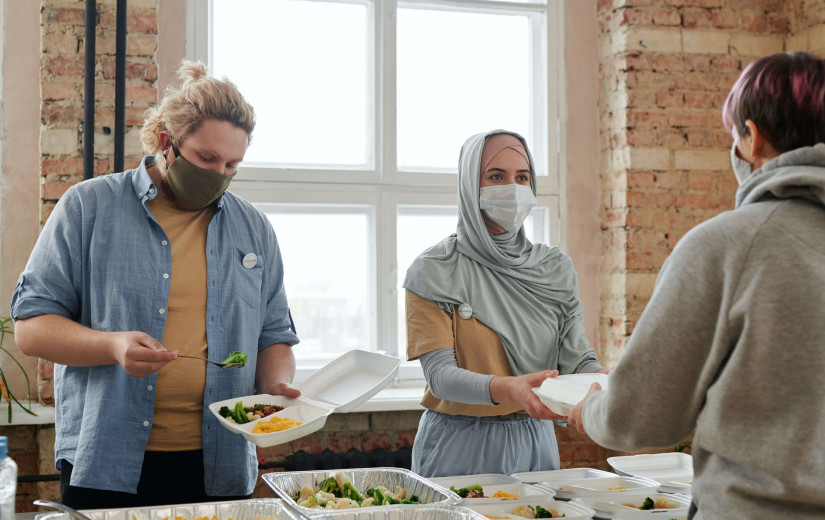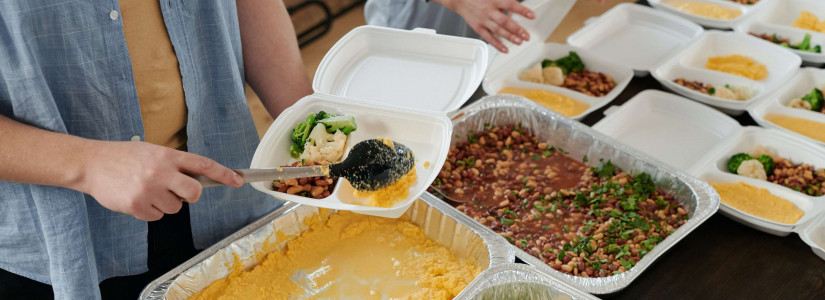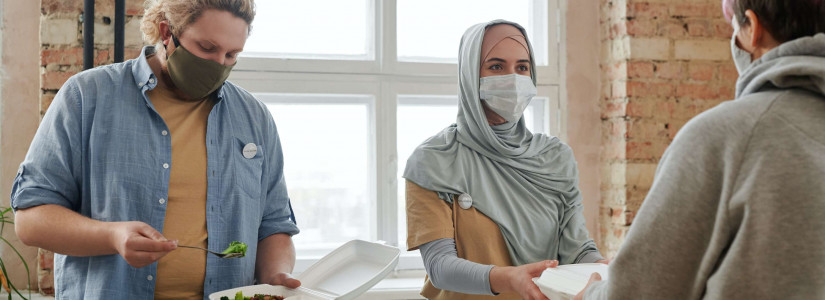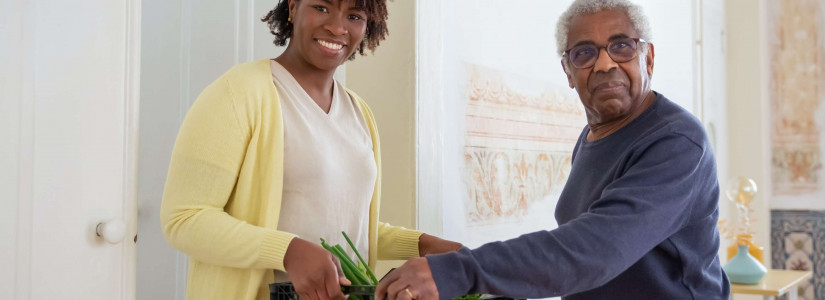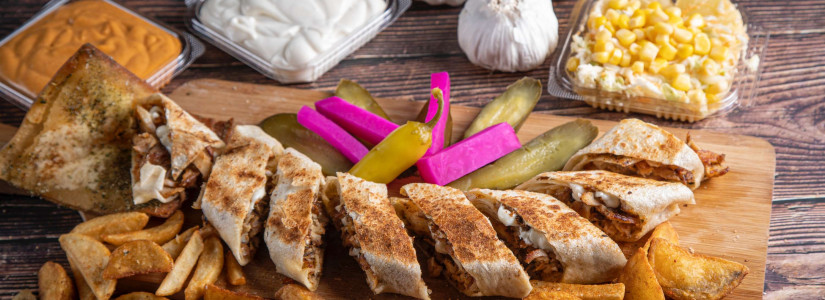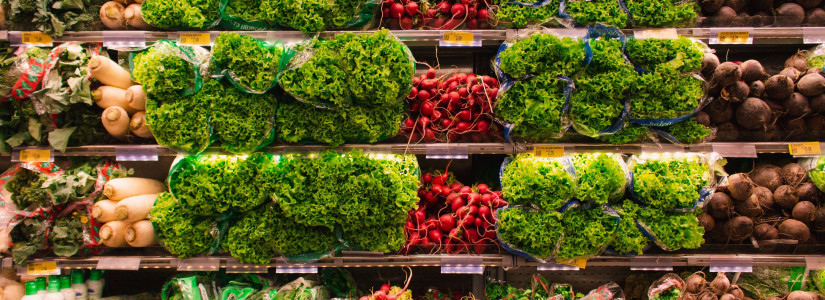How Will Biden Confront COVID-19 if Elected? Read His 7-point Plan Here
President Donald Trump and his Democratic opposition, Joe Biden, faced off in the second and final debate of the 2020 election season on Thursday. Moderator Kristen Welker did not waste any time asking each candidate how they planned to address the ongoing COVID-19 health pandemic should they emerge victorious on November 3. While time did not allow for each candidate to delve into the specifics of their plan, Biden was able to offer a few tidbits about how he would address this crisis.
Here is a more detailed summary of Biden's 7-point plan to confront the COVID-19 issue.
Increased Testing and Tracing
The Biden campaign recognizes that the key to addressing the issue is to ramp up both testing and tracing. If elected, this administration plans to double the number of drive-thru testing sites throughout the country. In addition, Biden wants to invest in more at-home and rapid testing options to make it easier to get the results before inadvertently infecting others. The plan also calls for the establishment of the US Public Health Jobs Corps, designed to bring 100,000 workers together to help with contact tracing.
Produce Additional Personal Protective Equipment (PPE)
Rather than making the states responsible for procuring their own PPE, the Biden plan would put the onus on the federal government. The Biden website is clear that it would lean on the Defense Production Act to produce and distribute the PPE. Not only would this ensure that hospitals have adequate supplies on hand for immediate use, but it would also build up the national stockpile.
Centralized Guidance
Another key tenet of the Biden plan to beat COVID-19 would be to issue guidance from the top of the federal government. A centralized and consistent set of guidelines would provide the states with direction from the top levels of the administration. Taking the current pervasive sense of politics out of the Centers for Disease Control and Prevention (CDC) will be the first thing on the agenda to establish this guidance.
Make a Plan to Distribute a Vaccine
The whole world is patiently waiting for a vaccine to become available. When that day happens, the Biden team says it will have a plan to distribute the vaccine to the most vulnerable populations. The Biden proposal calls for $25 billion to implement a vaccine manufacturing and distribution process. This plan would ensure that all Americans could receive the vaccine at no cost to them.
Protect the Most Vulnerable
Recognizing that the government needs to protect its most vulnerable citizens, the Biden administration would enact the "COVID-19 Racial and Ethnic Disparities Task Force." This group would be put in place to deal with the health and economic disparities in the most at-risk communities. Once the crisis has passed, this task force would then transition into the "Infectious Disease Racial Disparities Task Force." In addition, this part of the plan would establish a Nationwide Pandemic Dashboard online, providing citizens with access to real-time data about local transmission rates filtered by ZIP codes.
Mask Mandate
There is no doubt that mask-wearing has become a political statement. The Biden plan will attempt to take the politics out of this issue by implementing a nationwide mask mandate. In order to pull this off effectively, the Biden advisers recognize that they will need to work in partnership with governors and mayors. The mandate would call for all Americans to wear facial coverings when outside their homes.
Beef Up National Response for Future Issues
Nearly everyone will agree that the nation was caught off guard by the severity of this pandemic. One of the first steps by the Biden camp would be to bring back the White House National Security Council Directorate for Global Health Security and Biodefense. This council was created during the Obama years but subsequently disbanded by the Trump administration. Biden's plan also calls for the restoration of the partnership with the World Health Organization (WHO). The final piece of this plan would be to expand the number of frontline disease workers placed in strategic places around the world.
The fluid COVID-19 situation may necessitate that some of these guidelines may be tweaked moving forward. However, these seven points provide a clear picture of how a potential Biden and Harris administration will confront this crisis to get the country back on track.



